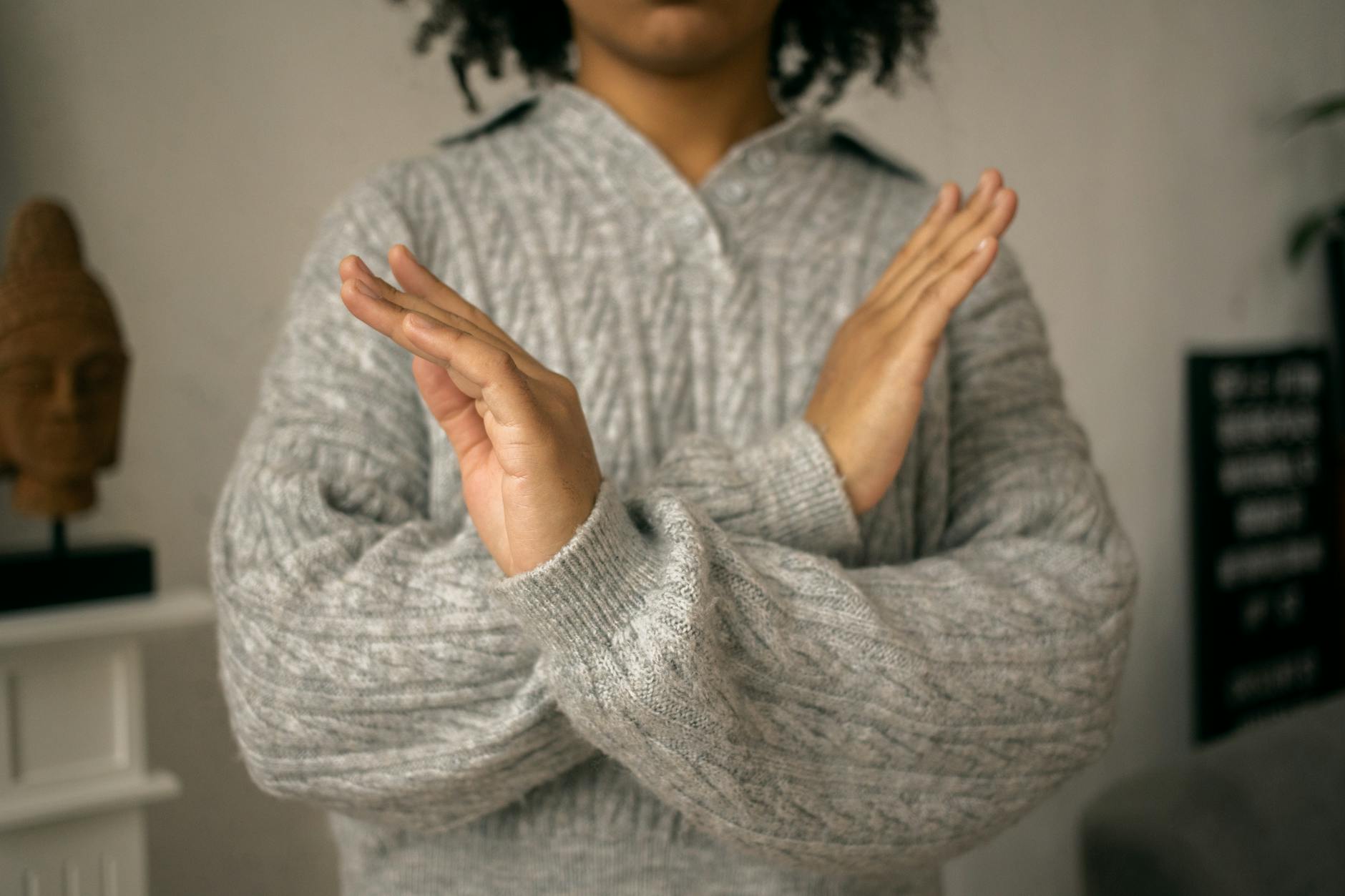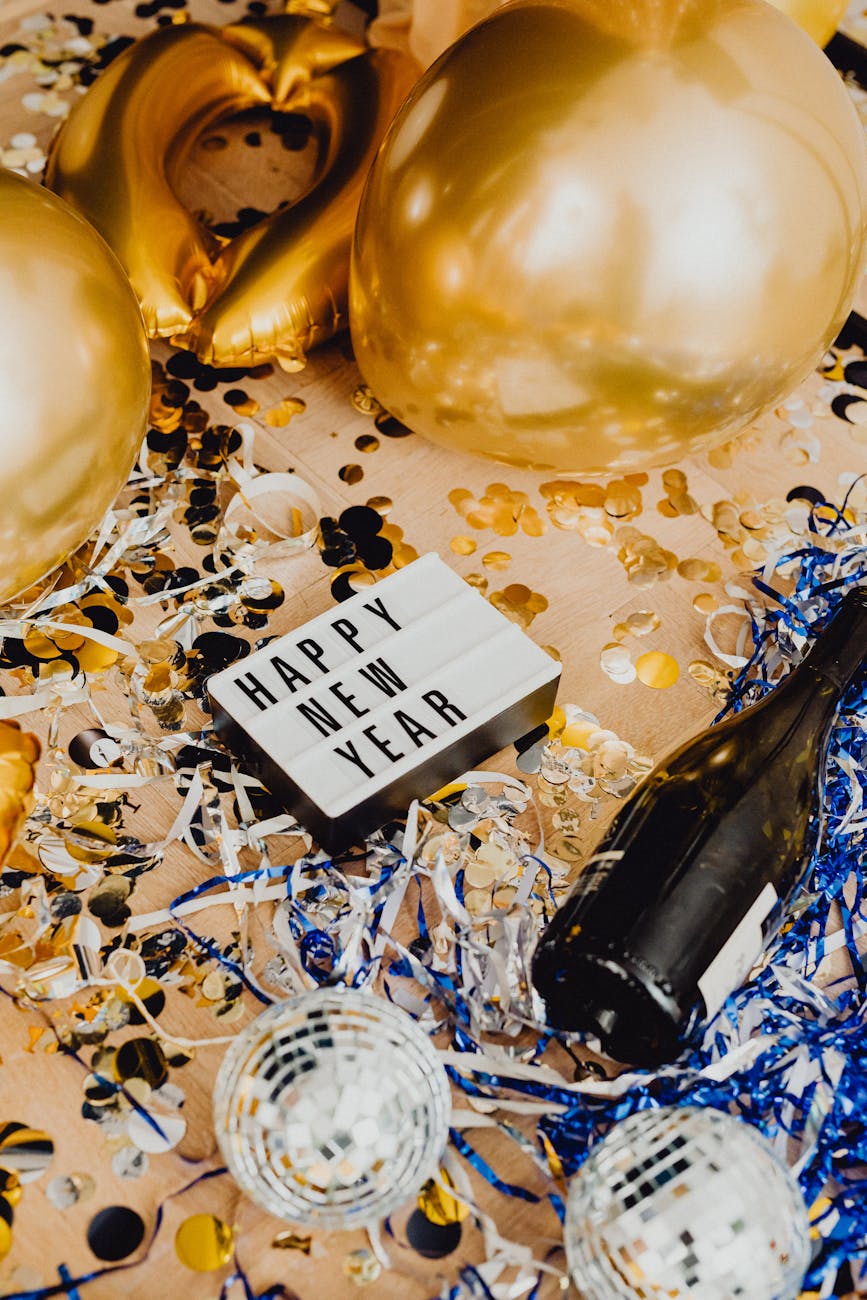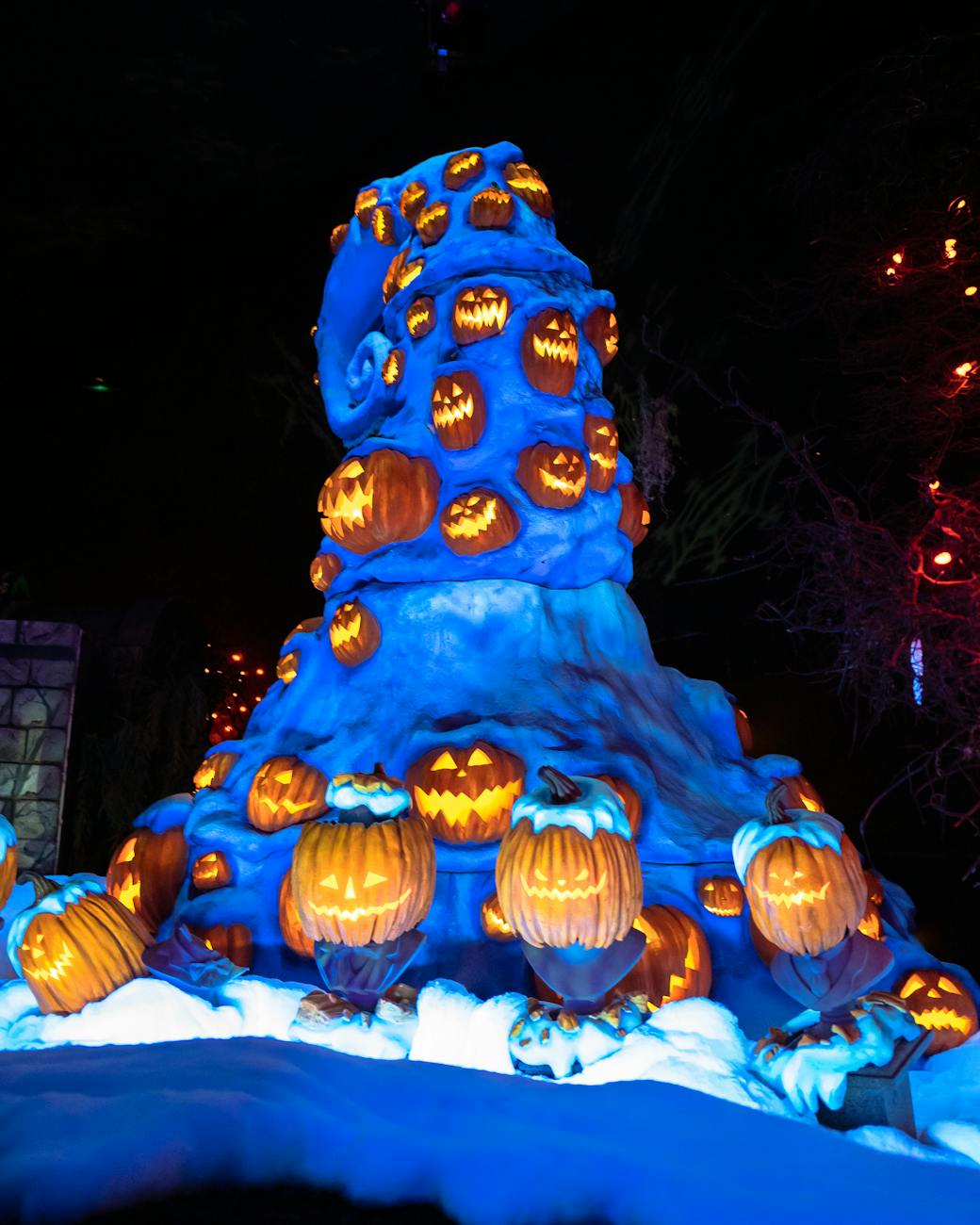Japanese horror is quite literally the best genre of horror out there. No matter the media (film, manga, literature, cartoon, or word of mouth), Japanese horror manages to consistently capture the realism of fear and how powerful it actually is. Ancient Japanese horrors like ghosts and demons exist almost unchanged, and intersect the line between fiction and reality effortlessly. These monsters are as real on screen as they are in real life; they are not to be taken lightly.
To understand their fears, we must understand their culture. The Japanese people have sustained a life of reverence and respect for the spiritual world for generations. They pay tribute to ancestors and otherworldly beings in Shinto and Buddhist rituals. They build monuments for spirits that visit our realm. These same beings are talked about in stories dating back hundreds, if not, thousands of years. No matter the spirit’s intentions, Japanese people are well-aware of their power. And why wouldn’t they be. Looking from the outside, in, it seems like the same energy people put out in their life is the same energy radiating out in the afterlife.
Take the famous ghosts of Japanese horror: Yūrei (幽霊) and onryō (怨霊). Yūrei is a overall term for a ghost, or the spirit of someone passed. A person’s spirit is alike a dim representation of their earthly form. For example, ghosts thought to haunt Mt. Fuji’s Aokigahara forest are considered yūrei. An onryō takes that same concept but puts a hostile twist on it, creating a vengeful spirit. Sadako (Ringu) and Kayako (Ju-on) are both onryō, as they possess a place or person with the intent on harming them. To us, ghosts are almost always antagonistic; the Japanese on the other hand, liken spirits to their real-life counterparts (which makes a ton of sense). It’s easy to relate ideas of paranormal activity to the real world; that is, ghosts in their eyes operate as they would in real life. The same can be said about the ghosts’ stories — yūrei aim to complete business they were unable to finish in their lifetime, and onryō exact vengeance as their lifetime completion.
And just like real life tragedies, things don’t always end in rainbows and smiles. Who Goes There Podcast’s “Audition” episode talks about Japanese stories — especially hauntings and curses — leaning towards death and sadness, compared to Western “beating the bad guys” endings. Art imitates life.
So what do you get when you combine the profound respect for the afterlife and superstition that matches the world of the living? A story designed to place the audience directly in the position of a main character. Take 2012’s POV: A Cursed Film. A TV crew and two actresses investigate a school with a haunted bathroom (evidence of this being a “cursed” film of a door slowly opening by itself). The audience is already the “main character,” as we are watching a series of POV films through on-screen video (along with the other characters) and firsthand (through the screen of the characters’ cameras). But we are also the main characters through feeling. When there is supernatural activity, scenes tend to move in a sort of slow motion, where the ghosts move slowly or characters are slow to notice the ghost (until the last second, as seen in movies like Ju-on). It’s subtle, but reminiscent of real-life stories of people only noticing supernatural activity at a later time, or see something just out of the corner of their eye.
Fear is also a slow burn. Compared to the very-American jumpscare, Japanese horror media riles you up with a false sense of security just before biting your head off. Junji Ito, famed horror manga artist, is a perfect example of luring the reader in. One of his most prominent works, Tomie, features scenes of an amazingly beautiful girl (Tomie) who consistently convinces people to form some kind of bond with her, before those people are driven mad enough to kill her — always in a disturbingly brutal way. This fear is only doubled when you realize Tomie is a grotesque, oftentimes deformed succubus. In stories like these, characters’ actions echo the readers; we are lured in (both to beauty and danger), and no matter how terrifying the scene, we can’t look away. In a way, our emotions are water beginning to boil over the rim of the pot.
I can go on and on about about Japanese horror (which you can read more about from my guest post on Morbidly Beautiful. But when it comes down to it, it’s a simple matter of presenting real-life troubles on a supposedly safe screen. The ghosts, demons, and other monsters of Japan’s rich culture are mirror images of their lives. Repressing outward emotion deemed dishonorable, like fear or sadness, manifest themselves as forces to be reckoned with. Just as in reality, they are not to be understood, only to be acted on by. We see issues inside ourselves and society as a whole that we oftentimes cannot escape from, hence the dreary, irremovable curses we see come from Japanese media. And because there isn’t an escape, that makes Japanese horror a true representation of fear itself. We aren’t just taken for a ride when we read Koji Suzuki or listen to translated stories on Kowabana. We are living them. And as an American who didn’t grow up with that constant reminder of unwanted feelings, it’s absolutely terrifying.













